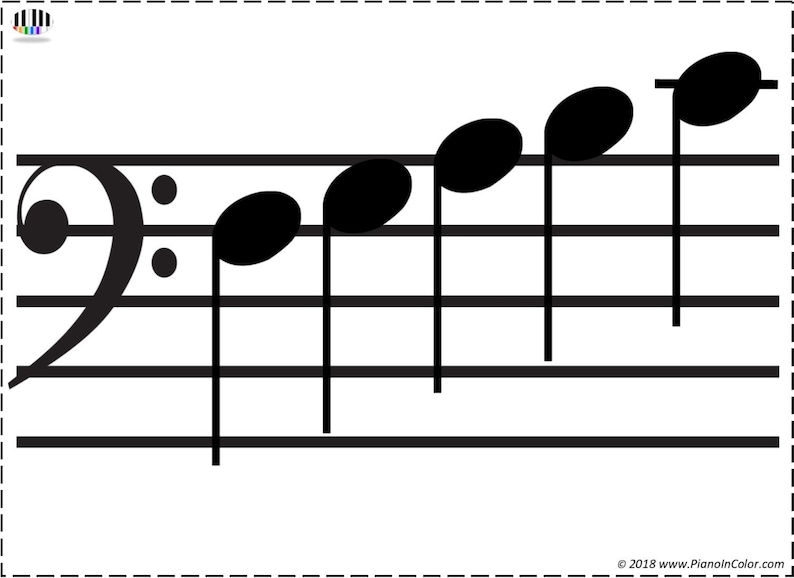

The underline, along with its joining, are analogous to the number of flags and beaming in standard notation. Dashes after a note lengthen it, with each dash extending the length by a quarter note.Ī dot after the plain or underlined note increases its length by half, and two dots by three quarters (similar to a dotted note in Western notation). Each underline halves the note length: one line represents an eighth note, two lines represent a sixteenth note, and so on. The plain number represents a quarter note. Each note has its own octave dots, but only the lowest note has the length lines (see section on “Note Length”).Īrpeggiated chords are notated by writing the standard Western arpeggiation symbol ( ) to the left of the chord. ChordsĬhords are represented by vertically stacking the notes, with the lowest note at the bottom as with Western notation. Where there are note length lines (see section on “Note Length”) underneath the numbers, any dots are placed below the lines. Where there is more than one dot above or below the number, the dots are vertically stacked. The number of dots equals the number of octaves raised or lowered. Musical scales can thus be written as follows.

For example, “6” with a dot below is at an octave lower than “6”. For example, in C major, the numbers correspond to the notes and the solfège as follows: Note: C D E F G A BĪ dot above a musical note raises it to a higher octave, while a dot below a note lowers it by an octave. Numbers 1 to 7 represent the seven scale degrees in a diatonic major scale.


 0 kommentar(er)
0 kommentar(er)
